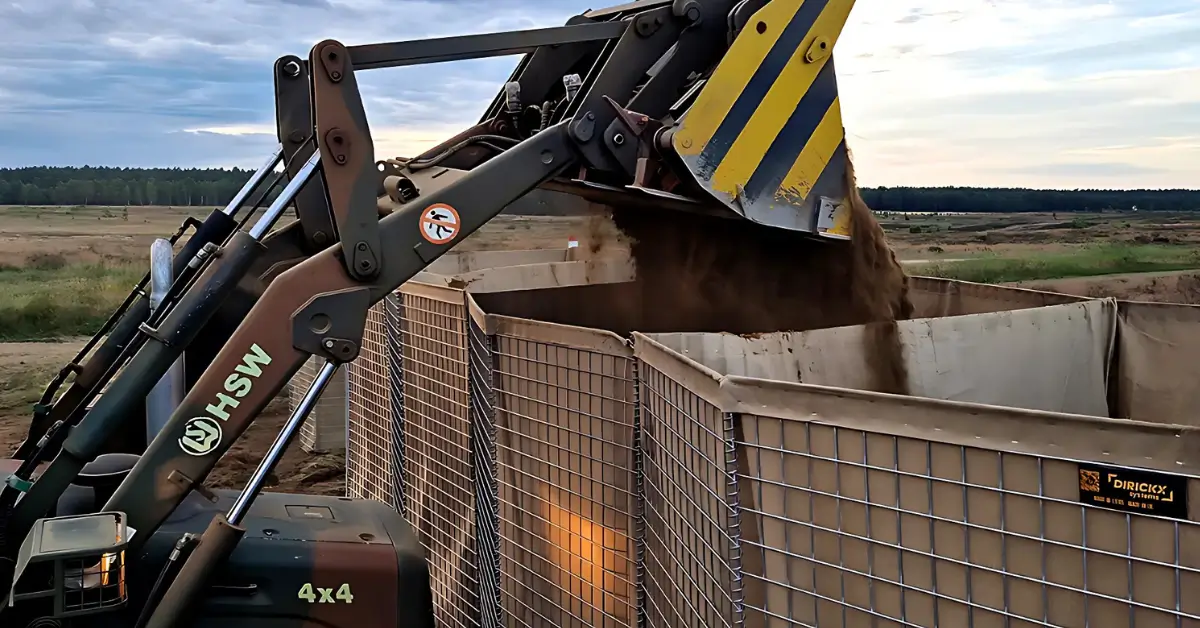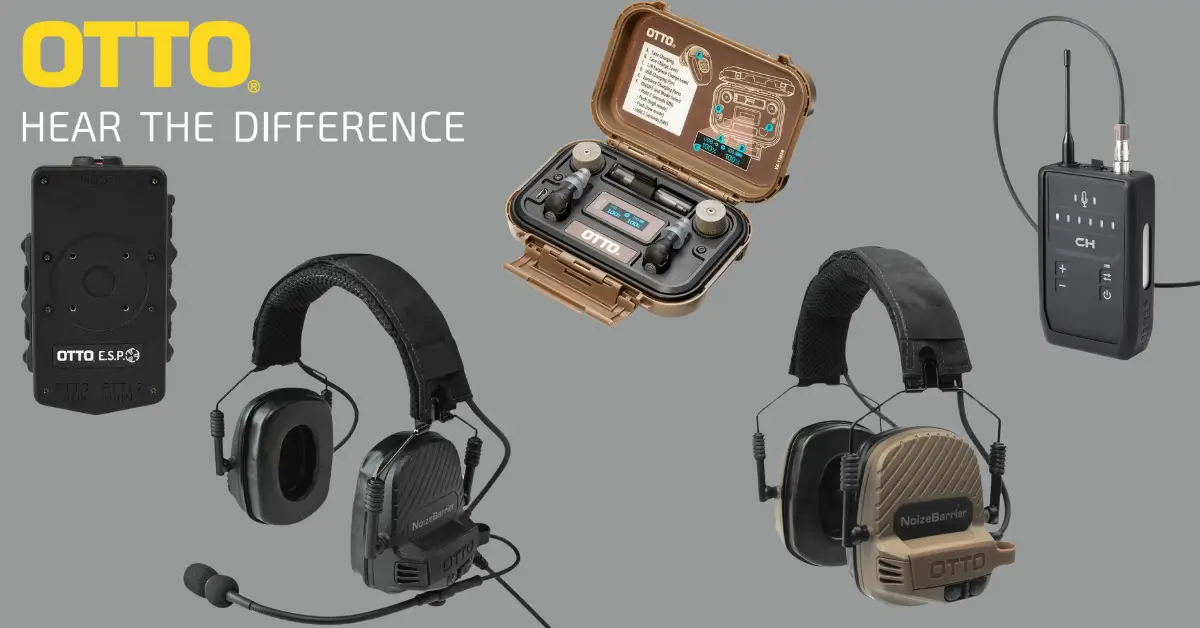The recent conflicts in Ukraine and Gaza have delivered critical insights into modern warfare, highlighting the importance of adaptable tactics, advanced technology, and comprehensive training. These lessons are essential for military professionals seeking to enhance mission readiness and operational effectiveness in challenging environments.
Tactical Equipment Insights
Body Armor and Tactical Flexibility
The need for armour that offers reliable protection while supporting mobility has proven critical in Ukraine. Reports from NATO and the Modern War Institute emphasise the challenges of sustaining logistical support and maintaining operational effectiveness over long distances and varied terrains, necessitating protective gear that supports agility and can be adjusted as threats evolve. (Modern War Institute)
Helmet-Mounted Communication Systems
Reliable, secure communication is critical in fast-moving combat environments. The RAND Corporation emphasises the importance of helmet-mounted communication systems that ensure constant connectivity, which is vital for coordinating unit movements, particularly in situations where signals are subject to jamming or interference. (RAND)
Key Operational Insights
Urban Warfare Essentials
The urban landscapes of Gaza and Ukraine present complex tactical challenges requiring specialised training and versatile weapons designed for confined, unpredictable settings. According to U.S. Army sources, units explicitly trained for urban warfare and room-clearing operations are better equipped to navigate these environments, especially when using compact, adaptable weaponry suited for close-quarter combat. (War Room, U.S. Army War College)
Resilient Supply Chains and Mobile Maintenance
Ukraine’s multi-theatre conflict has shown the importance of resilient logistics supporting extended operations despite disruptions. The Modern War Institute highlights the value of mobile repair units and decentralised supply points, essential for re-arming and repairing in prolonged engagements where fixed supply chains are vulnerable. (Modern War Institute)
Technological Adaptations in Modern Warfare
Night Vision for Both Troops and Drones
Night operations have become increasingly significant, particularly in areas with limited visibility. Integrating night vision into drones and ground forces’ gear enhances surveillance and targeting during low-light conditions. This capability allows for nighttime reconnaissance, monitoring, and coordinated engagement, giving an advantage in reduced visibility.
Suicide Drones and Kamikaze UAVs
The conflicts have seen the rise of suicide drones or kamikaze uncrewed aerial vehicles (UAVs), which are deployed for high-value target elimination. These drones, often equipped with explosives, have been used effectively to strike at critical enemy infrastructure, vehicles, and personnel. These systems’ low cost and relatively simple deployment have made them particularly effective for state and non-state actors, altering the approach to targeted strikes and requiring heightened counter-drone defences. (RAND on Counter-Drone)
Counter-drone and Electronic Warfare
The extensive use of drones in surveillance and direct attack has transformed battlefield strategies. In Ukraine, advanced counter-drone systems are essential, as adversaries deploy drones to disrupt operations and monitor troop movements. RAND emphasises proactive “left-of-launch” countermeasures to neutralise drone threats before they become imminent. (RAND)
Signal Jamming and Encrypted Communications
Electronic warfare, including signal jamming, is prevalent in Ukraine and is often used to compromise enemy coordination. RAND commentary highlights the importance of secure, frequency-hopping communication devices to reduce the risk of interception and allow for continuous tactical adjustments. (RAND)
AI-Enhanced Threat Recognition
Artificial intelligence is growing in identifying and responding to threats, especially in rapidly shifting combat scenarios. In Ukraine and Gaza, AI-powered targeting and threat recognition tools offer tactical advantages by increasing accuracy, situational awareness, and response time. The International Institute for Strategic Studies underscores AI’s impact on operational effectiveness while noting emerging ethical considerations. (IISS)
Environmental and Climate Challenges
Impact of Extreme Climate Conditions
Ukraine’s climate, characterised by hot summers and freezing winters, poses operational challenges. Extreme heat can cause equipment malfunctions and heat-related health risks, while the harsh winter months impede mobility and disrupt supply lines. Adapting to these seasonal shifts is critical for maintaining readiness, with modified gear, infrastructure, and supply protocols to ensure operational capacity in extreme temperatures.
Professional Recommendations for Optimised Readiness
Scenario-Based Training
Training that simulates urban, asymmetric, and night operations is essential for tactical proficiency in complex settings. Scenario-based training for nighttime and urban-focused combat improves response times, situational awareness, and team coordination under real-world conditions. (War Room, U.S. Army War College)
Continuous Equipment Upgrades
With ongoing advancements in drone technology, AI, and electronic warfare, it’s essential to keep personnel equipped with the latest tools. Integrating new technologies in communication, counter-drone systems, and adaptive body armour ensures that forces maintain a tactical edge and readiness to address evolving threats. (RAND)
Looking Forward: Innovating for Mission Readiness
MSS Defence remains committed to aligning its offerings with battlefield insights. By incorporating verified, field-based data, our equipment and training solutions are designed to meet the demands of modern, multi-theatre combat. Staying adaptive to emerging threats and environmental challenges is our commitment to empowering mission readiness for every operator in every environment.





